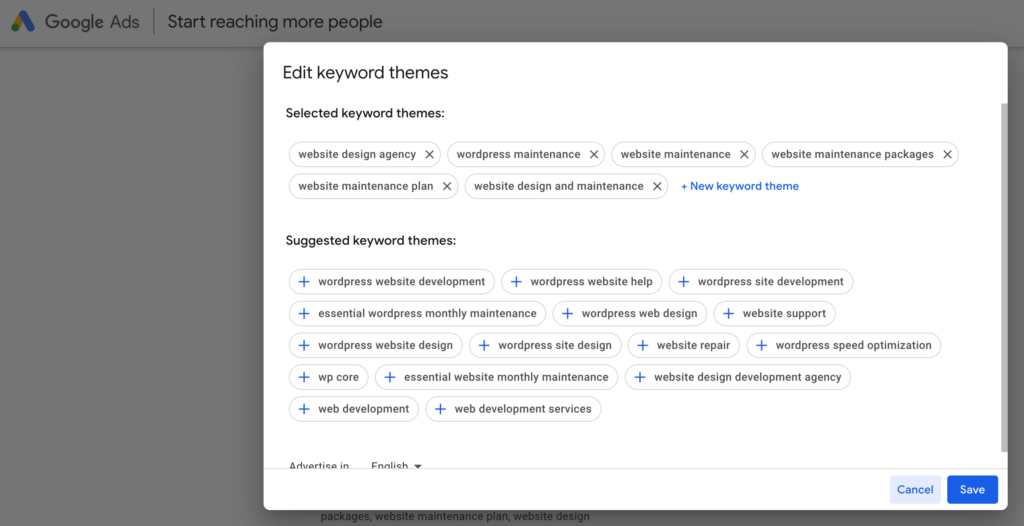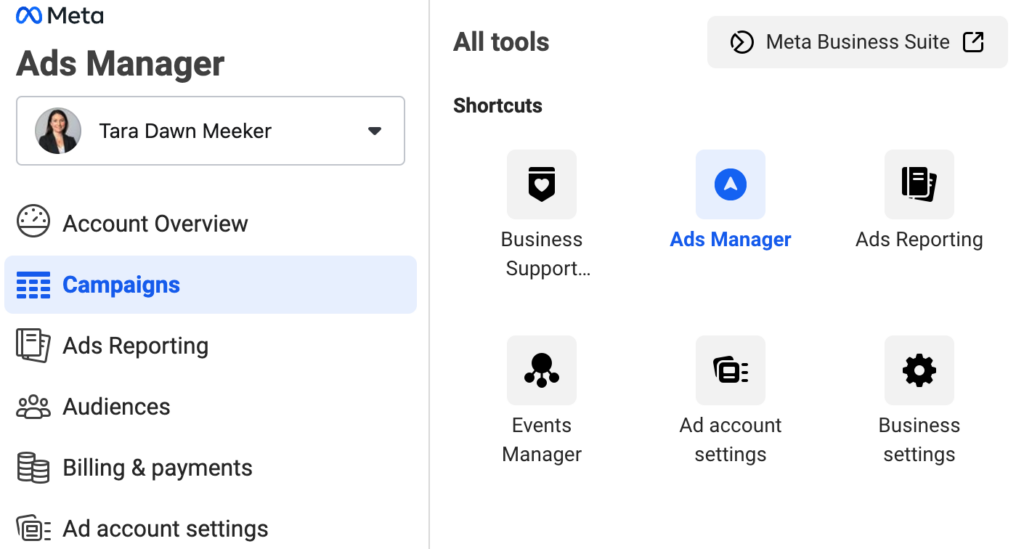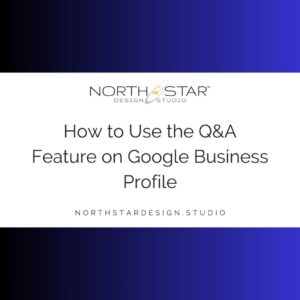In the ever-evolving digital landscape, the synergy between various online business strategies is not just beneficial—it’s essential. There’s a common misconception in the world of web design and digital marketing that one aspect, like a social media (SM) strategy, should dictate the entirety of a business’s online presence.
However, this approach is like using a single flavor in a gourmet dish – it oversimplifies the complexity and richness of what could be achieved. In this article, we’ll delve into the multifaceted world of online business strategies, from social media to search engine marketing (SEM), and explore how these components can cohesively work together to create a robust and effective web presence.

Setting the Stage: The Importance of a Holistic Approach in Digital Marketing
When we talk about online business strategies, we’re referring to a suite of different approaches, each with its unique role and contribution to a business’s digital success. Let’s break them down:
Strategic Synergy and Hierarchy: The Digital Marketing Layer Cake
Picture an online business strategy like a layer cake – each layer is distinct but essential to the overall deliciousness. No one wants a cake that’s all frosting and no sponge, right? Similarly, a well-rounded digital marketing strategy needs a blend of different elements, each supporting and enhtheancing the others. It’s not just about mixing the ingredients; it’s how you layer them that counts!

The Base Layer – Your Website and On-Page SEO:
Your website and on-page SEO are the bedrock of your digital presence. A strong foundation here ensures that every other marketing effort has solid ground to stand on. It’s about making your website not just visible, but irresistible to search engines and users alike.
Creating Your Base:
- User Experience: Ensure your website is easy to navigate, loads quickly, and is mobile-friendly.
- Keyword Optimization: Research and use relevant keywords naturally throughout your website’s content.
- Quality Content: Regularly update your site with original, high-quality content that provides value to your visitors.
- Technical SEO: Pay attention to meta tags, alt tags, and structured data to help search engines understand your content.
The Filling – Content Marketing:
Like the jam in a sponge cake, content marketing adds flavor and depth to your online presence. It’s what keeps your audience engaged and coming back for more, providing them with value that goes beyond what your products or services alone can offer.
Creating Your Filling:
- Audience Research: Understand what your audience needs and wants to read about.
- Diverse Formats: Use blogs, videos, infographics, and podcasts to keep your content fresh and engaging.
- Consistency: Regularly publish content to establish and maintain a connection with your audience.
- Value-Driven: Ensure your content solves problems, answers questions, or entertains.
The Second Sponge – Off-Page SEO and Backlinks:
Off-page SEO and backlinks add another layer of credibility and authority to your website. They act like the glue holding your cake together, showing search engines that other reputable sites vouch for your content.
Building Your Second Sponge:
- Backlink Outreach: Collaborate with other websites and blogs for guest posting opportunities.
- Social Sharing: Encourage sharing of your content on social media to increase visibility.
- Directory Listings: List your business in relevant online directories for added exposure.
- Influencer Collaborations: Partner with influencers to expand your reach.
Recommended Reading: Reading the Signs: Getting Businesses Ready for Major Investments

The Frosting – Social Media and Paid Ads:
The frosting of your strategy – social media and paid ads – is what grabs attention and draws people in. It’s the visually appealing, engaging part that makes your brand memorable and accessible to a broader audience.
Creating Your Frosting:
- Targeted Advertising: Use demographic data to create ads that resonate with your specific audience.
- Engaging Content: Post content that promotes interaction, such as polls, questions, and shareable posts.
- Consistent Branding: Keep your visual and messaging style consistent across all platforms.
- Performance Analysis: Regularly review ad performance and adjust strategies for better results.
Recommended Reading: Decoding Target Markets: Why Design Needs to Speak Their Language
The Final Touch – Strategic Integration:
The final decoration on your cake is strategic integration. This layer is about ensuring that all previous layers work in harmony, complementing each other to create a cohesive and effective overall strategy.
Achieving Strategic Integration:
- Cross-Promotion: Use each channel to promote content from the others, creating a web of interconnected content.
- Unified Messaging: Ensure that your brand message is consistent across all platforms and strategies.
- Regular Reviews: Continuously assess the performance of all strategies and adjust as needed to maintain alignment.
- Feedback Loops: Use insights from one strategy to inform and improve the others.
This approach underscores the harmony required among different strategies in digital marketing. Each element, be it a robust website or captivating social media content, has its unique role, but their true power lies in how they are skillfully interwoven. It’s not about choosing one over the other; it’s about blending these elements to create a comprehensive and irresistible digital marketing ‘cake.’
When these strategies are combined, they enhance an online business presence in a way that is far greater than the sum of its parts, crafting a delectable online experience that your audience can’t help but devour.

Synergy Between Paid Ads and SEO
One of the lesser-known but significant benefits of paid ad campaigns on platforms like Google and social media is their positive impact on SEO, page authority, and search engine results page (SERP) rankings. How does this work? When you run a paid campaign, you drive targeted traffic to your website. This influx of visitors boosts your site’s engagement metrics – things like time on site and page views. Search engines consider these metrics as signs of your site’s relevance and quality, which can positively influence your organic search rankings.
Moreover, this paid traffic can lead to increased brand awareness and recognition. Users who have seen your ads and then encounter your website in organic search results are more likely to click through, trusting the brand they’ve already seen. This behavior signals to search engines that your site is a relevant result for the user’s query, further improving your organic ranking.
Bringing It All Together: Embracing a Unified Digital Strategy for Success
To thrive in the digital realm, a well-rounded strategy that integrates various online marketing techniques is essential. While it’s tempting to look for a single magic bullet, the reality is that the most successful online presences are built on a combination of SEO, content marketing, social media, and paid advertising, all working in concert.
The key takeaway is this: don’t put all your eggs in one basket. A diversified, integrated approach is not just a good idea; it’s necessary for long-term success in the ever-changing landscape of digital marketing. By understanding and implementing a strategic synergy of these tactics, businesses can create a robust online presence that attracts, engages, and converts their target audience.
We encourage you to explore these strategies further and consider how a cohesive approach can elevate your business’s online presence. Remember, a harmonious digital strategy is like a symphony – each part plays a critical role, and when they come together, the result is truly compelling.





